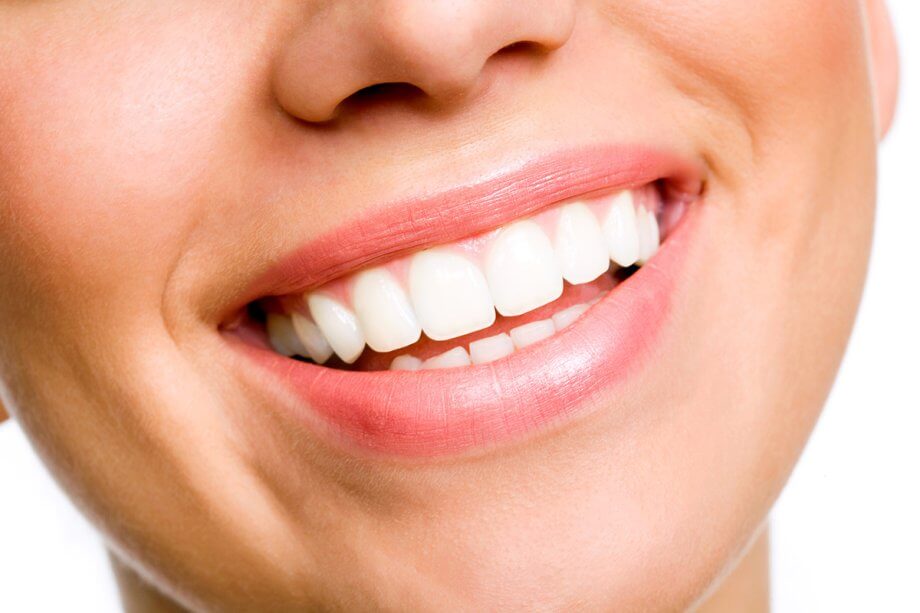Teeth whitening is a popular cosmetic dental treatment that removes stains by breaking down color compounds in the enamel. But how does it work exactly?
The process involves applying a bleaching gel, typically containing hydrogen peroxide or carbamide peroxide. These whitening agents penetrate the tooth enamel and react with staining molecules, decomposing them through a chemical reduction reaction.
Understanding the chemistry behind whitening provides insight into achieving optimal results safely. We'll explore the microscopic changes, the best application methods, and more.
Understanding the Science of Teeth Discoloration
Tooth discoloration stems from two main sources - external stains and internal structural changes.
External stains happen when dark pigments from food, drinks, and tobacco bind to the enamel. Coffee, tea, red wine, and certain fruits are common staining culprits. Over time, these can seep into the enamel and dentin.
Internal discoloration occurs as the inner dentin layer darkens with age, trauma, and some medications. The translucent enamel allows this yellowing to show through.
Understanding how stains penetrate the enamel framework versus intrinsic darkening of the dentin is key. This informs the type of whitening treatment needed to revitalize your smile. Targeting discoloration at its source leads to optimal brightening.
The Role of Enamel in Teeth Whitening
Enamel is the hero and villain in the teeth whitening process. As the hard outer layer of teeth, it protects against damage but also readily absorbs staining molecules that dull the smile.
The porous enamel structure allows coffee, wine, and tobacco to seep in and discolor over time. Yet enamel's fortified mineral composition makes penetration difficult.
Whitening treatments use enamel's microscopic porous gaps as passageways. The ingredients diffuse through these openings, breaking large pigment compounds down into smaller, invisible particles.
Understanding enamel as both a barrier against stains and a magnet for stains unlocks better whitening strategies. Optimizing ingredient concentrations and contact time maximizes brightening while minimizing sensitivity.
Enamel itself holds the keys to unlocking a brighter, more vibrant smile and leveraging its properties is the science behind effective teeth whitening.
How Teeth Whitening Products Work
The power behind brighter smiles lies in teeth whitening's active ingredients - hydrogen peroxide and carbamide peroxide. These bleaching agents work to remove stains by chemically breaking down pigment molecules.
When applied to teeth, hydrogen peroxide releases oxygen molecules, which penetrate the enamel. This oxygen oxidizes large pigmented compounds, decomposing them into smaller, colorless fragments that lighten teeth shades.
Similarly, carbamide peroxide breaks down into hydrogen peroxide and urea when activated. The hydrogen peroxide provides the stain-blasting bleaching action. The urea helps facilitate this reaction.
While generally safe, improper use of whitening agents can irritate gums and sensitive teeth. When used correctly under dental supervision, the oxidation process safely brightens smiles several shades.
Learn More About Teeth Whitening in New Jersey
With the advancement in teeth whitening technology, patients have more options than ever before to achieve a brighter smile.
We provide teeth whitening services in New Jersey, but remember good oral hygiene and regular visits to your dentist are paramount to significantly improve the appearance of your teeth.
With offices in Holmdel (732-739-3070), Brick (732-477-1335), and Oakhurst (732-531-8533), New Jersey, our team at Bella Dental can answer any questions you may have about Invisalign treatment. Contact us today to request an appointment.

